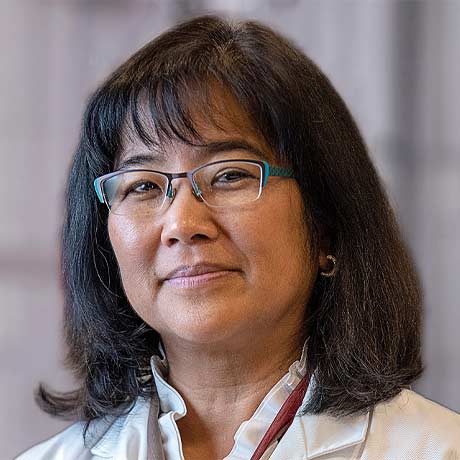
Structural & Functional Assessments
CORE A
A new National Institutes of Health/National Eye Institute (NEI) P30 Core Grant was awarded to The Ohio State University’s Department of Ophthalmology and Visual Sciences (DOVS). It provides shared resources and facilities for vision science researchers across campus.
Called The Ohio State University Vision Sciences Research Core Program (OSU-VSRCP), the P30 grant funds three research cores: A) Structural and Functional Assessments, B) Biostatistics, Bioinformatics, and Genetic Analysis, and C) Image Analysis and Data Science. Priority for use is given to NEI RO1-funded clinicians and scientists working across several Ohio State colleges. The award is one of approximately 40 such core grants in the nation.
Please cite P30EY032857 in all publications that make use of the OSU-VSRCP.
Explore each core to learn more, submit a work order or service request, and reserve calendars for core equipment.
Email a Publication, Presentation and/or Abstract supported by the P30 grant to eye@osumc.edu
Click here to view NEI P30 Publications, Presentations & Abstracts
 Department Chair Sayoko Moroi, MD, PhD, and her team applied for the P30 grant because she experienced the P30 benefits working at her previous institution.
Department Chair Sayoko Moroi, MD, PhD, and her team applied for the P30 grant because she experienced the P30 benefits working at her previous institution.
“There is value in having certain centralized research services, because such expensive and specialized equipment augments research productivity for faculty. While individual R01 grants are very important, their budgets are limited in what instruments can be purchased.” - Dr. Moroi
NEI P30 grants are five-year awards designed to enhance research productivity of R01-funded investigators and assist in preliminary data to support vision research for a new R01 proposal.
As Dr. Moroi and her team prepared the application, they surveyed the vision-scientist stakeholders across the Ohio State campus about their research needs. The P30 grants are highly competitive, with a minimum of three core modules for an application. Each module is reviewed independently as a separate grant.
The NEI typically awards P30 grants to individual departments. Ohio State’s Vision Sciences Research Core Program extends across multiple colleges that include the colleges of Medicine, Optometry, Veterinary Medicine, Engineering, and Arts and Sciences as well as to Nationwide Children’s Hospital.
Three modules are organized by core theme research areas:
Core A: Structural and Functional Assessments
Core B: Biostatistics, Bioinformatics and Genetic Analysis
Core C: Image Analysis and Data Science
The leadership for each core includes faculty from ophthalmology and other colleges and departments. These interconnections create opportunities to increase data diversity, include more disciplines and encourage innovative partnerships.
“I want to break down those silos and build bridges,” - Dr. Moroi
As principal investigator, Dr. Moroi also leads an administrative core for the P30 grant. She’s responsible for ensuring that each core follows proper fairness and governance guidelines and responsibly delivers products requested by researchers.
This P30 grant will be a strong recruiting advantage and a retention incentive of faculty and scientists.
“Sharing this news of our new NEI P30 grant is a big hit when I inform faculty candidates. This grant is a strong outcome measure and vote of confidence from NEI of the vision research environment that we are building together at Ohio State.” - Dr. Moroi
Dr. Moroi and her team chose their three cores strategically based on survey data from the Ohio State vision research stakeholders. Many traditional NEI P30 at other institutions had a machine shop core. However, there’s an outstanding centralized service within the Ohio State College of Engineering’s Center for Design and Manufacturing Excellence so vision scientists will leverage this service.
When the department applies to renew its P30 grant, the progress report will provide productivity outcome metrics within each core, including services used by faculty, publications achieved and new grants accrued.
“As technology evolves, the types of cores we propose may expand. We will be fluid to respond to the cutting-edge methods that will help our vision scientists advance their fields with our common goal to prevent blindness and advance quality of health and life.” - Dr. Moroi